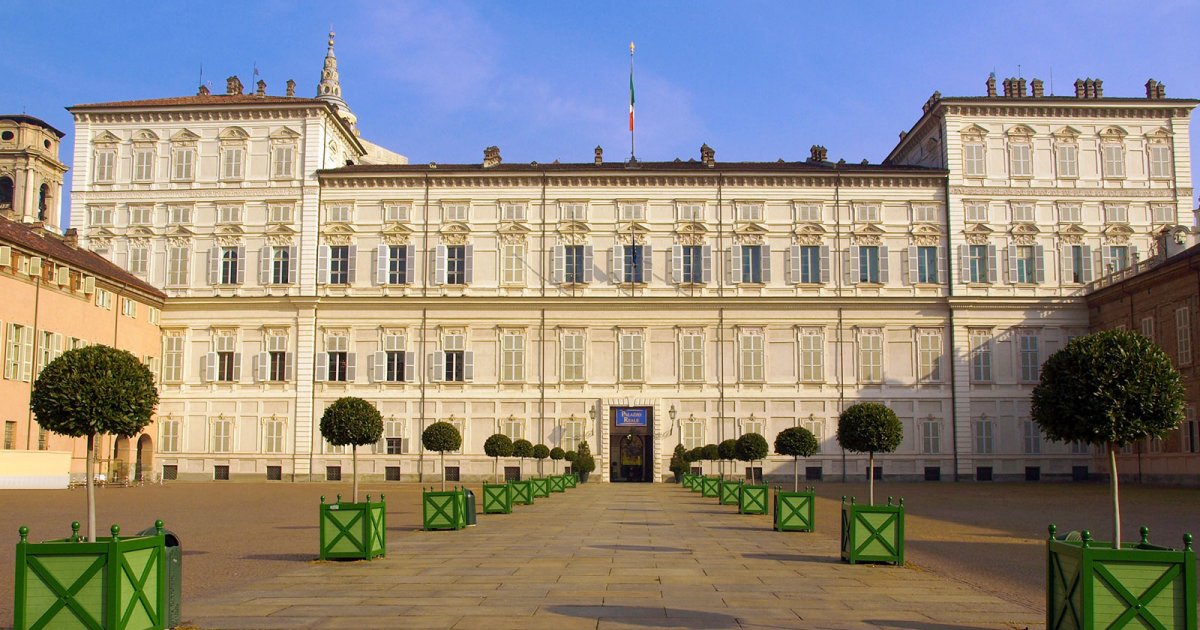POLO REALE, Royal Palace Exterior
 Language: English / USA
Language: English / USA
Do you know why a ruler decides to move the capital of his Kingdom from one city to another? Usually because he wants to live there! And in fact, Emanuele Filiberto of Savoy left Chambery in the mid-1500s to move to Turin. In the early days, he settled for sharing a residence with the Bishop in the building next to the Cathedral, but he quickly decided to build a new home worthy of his rank. In the three centuries that followed, the Royal Palace underwent continuous changes, additions, and renovations which involved all the best architects working in Turin from the 1600s to the 1800s. As a whole, the building has a Baroque structure, but while visiting it you'll be able to identify the various stages of its construction.
Keep in mind that the Royal Palace remained the home of the monarchy until 1865, when the Savoys moved the capital of the Kingdom first to Florence and then to Rome. After ceasing to serve as a residence, the building was used for offices, and some historic rooms were opened to the public. When in 1946 Italy became a Republic, the Palace saw a long period of neglect, after which it was transformed into a permanent museum.
The Palace overlooks a small square which is separated from Piazza Castello by a monumental metal gate. Look at it carefully, because it is a work of art by a 19th-century architect and painter that was very esteemed by the Savoys. On the access pillars you can see the fine statues of two mythological figures on horseback: Castor and Pollux, the twin sons of Zeus.
As you can see, the 17th-century brick façade is flanked by two taller symmetrical wings, which were made by two architects who were father and son. The symmetry is broken only on the left by the strange dome of the Chapel of the Shroud of Turin, which was designed by the same architect as the Egyptian Museum, Guarino Guarini.
The building stands around a square courtyard and is connected to other structures that form the great body of the Palace, with long wings that jut directly into Piazza Castello, and back into the gardens.
FUN FACT: did you know that the Royal Gardens were partly designed by the same architect to whom we owe the legendary gardens of the King of France in Versailles? You'll see beautiful water displays and splendid floral arrangements!



